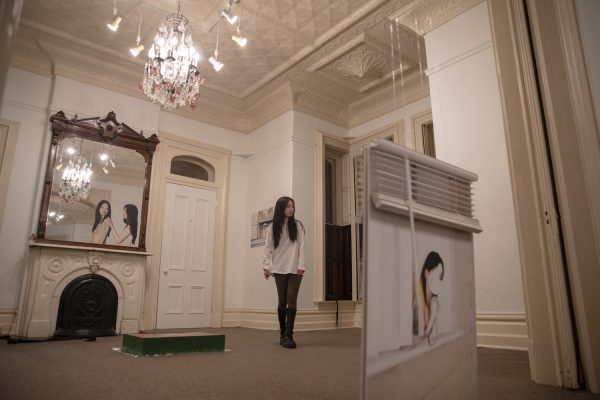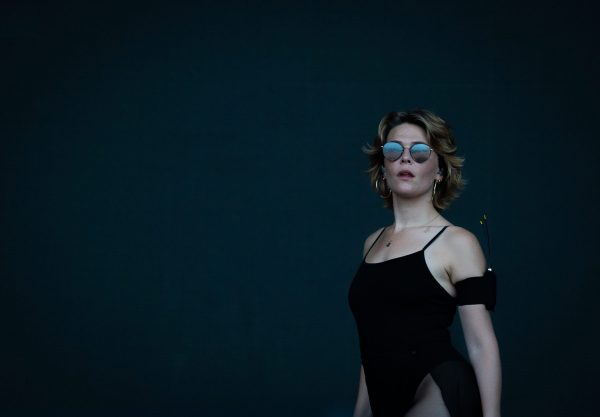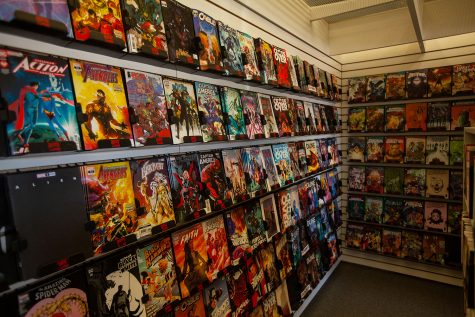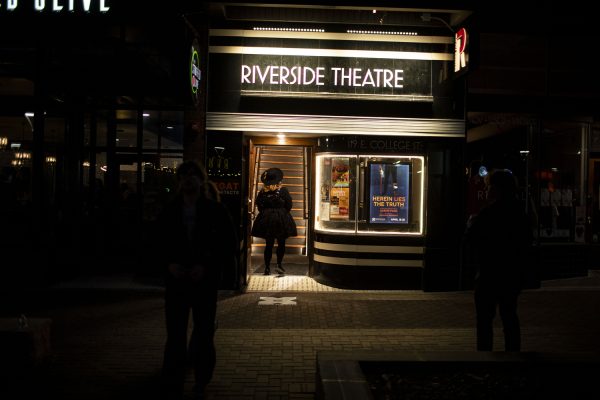Review | Netflix’s ‘The School for Good and Evil’ is beautiful but forgettable
On Oct. 17, Netflix released ‘The School for Good and Evil,’ a highly anticipated movie adaption of the first book in a series by Soman Chainani. The movie is cinematically gorgeous but poor characterization makes it difficult to fully invest in.
October 26, 2022
I stayed up late on Oct. 17, curling up with a blanket and a bowl of popcorn to watch one of my favorite book series come alive on screen, hardly able to contain my excitement. At the same time, considering the reputation of Netflix movies being a hit or a miss, I managed my expectations.
The movie adaptation of The School for Good and Evil has been highly anticipated by fans of the book series ever since its author, Soman Chainani, teased its production in 2020. At the time, the film was just a whisper of an idea. Two years later, Chainani’s vision was realized, but I have yet to decide if the Netflix movie lives up to its literary counterpart.
The movie began promisingly. We learn about the two main characters — Sophie and Agatha, an unlikely pair of best friends from a small town called Gavaldon.
While Sophie is traditionally beautiful and outwardly kind, Agatha is considered ugly and dangerous. The girls are supposed to represent a dichotomy, light and dark, good and bad.
Unfortunately, this dichotomy did not translate well to the screen. Sophie, played by Sophia Anne Caruso, and Agatha, played by Sofia Wiley, are incredibly beautiful. So much so, that it is entirely unbelievable that Agatha is bullied for being ugly, especially because unconventional beauty is an important aspect of Agatha’s character.
Furthermore, the movie does not set up either Sophie or Agatha as being evil. They both seem like decent people, charitable and friendly. Agatha does not quite capture the dark sulkiness of the written character, and Sophie does not display any sign that she is anything but genuinely good, whereas her written character uses goodness as a front.
The movie sticks closely to the literary plot as it continues, aside from slight changes. Ultimately, the characters end up in the same pivotal position as they do in the books. Agatha is delivered to the School for Good while Sophie is delivered to the School for Evil.
RELATED: Review | ‘Game of Thrones: House of the Dragon’ soars alongside original series
Agatha desperately wants to return home and Sophie is convinced the schools made a mistake and wishes to change schools so that she can become a princess. The School Master, who oversees the balance between schools, offers to grant the girls’ wishes if Evil can earn Good’s greatest gift: true love’s kiss.
The movie introduces a multitude of other characters, including Tedros, the charmingly arrogant prince every princess fawns over, Professor Dovey, the Dean of Good, Lady Lesso, the Dean of Evil, and the iconic coven of Room 66 in the School for Evil.
However, the movie fails to capture the literary essence of a few beloved characters. Lady Lesso loses the strict, uptight behavior that makes her so terrifying, while Dovey takes on a much more youthful, bubbly persona than she had in the books. The coven of Room 66 is pretty spot-on, except for the inaccuracy of Anadil, who no longer has powers.
Throughout the movie, I found myself disappointed in the lack of character development. It made it difficult for me to emotionally invest in the characters and their complicated relationships like I did with the books. In the movies defense, however, there was a lot of content to cover in two hours.
Despite the distance between audience and characters, the movie kept me engaged with the gorgeous set design and dazzling costumes. Good flaunts elegant, floral gowns and tailored suits, while Evil figures out a thousand different ways to wear black. Sophie’s Evil wardrobe is particularly stylish, as Sophie is a fashionista.
The interiors of the castles are stunning, glowing in eerie, ambient light or ornately decorated with sculptures and murals.
Something else this movie does right is fight scenes. Set to modern music, these battles are fun and engaging, especially the final battle between Good and Evil towards the end of the movie. The choreography is occasionally cheesy but not so much as to remove the intensity of the scenes.
Finally, the movie deals with the moral dilemmas that the books are built on, like what defines good and evil, and how blurred the line between them can become.
I have my gripes with The School for Good and Evil film, but I am grateful that I have a film to critique at all.
It concluded with Sophie and Agatha eventually reconciling and returning home, hinting at a sequel on the way, and overall, I was satisfied. I left a fantastical world that I wouldn’t mind returning to.















